Purple isn’t just a color; it’s a feeling. It brings elegance, mystery, and just the right touch of romance to any outdoor space.
If you’re dreaming of a garden filled with regal tones or looking to liven up your patio pots with something eye-catching, this list is for you.
We’ve rounded up 25 purple flower types that thrive in gardens, planters, and containers alike each one ready to turn your green space into a royal retreat.
Many are easy to grow, beginner-friendly, and add texture, scent, or even pollinator power to your space.
#1 Verbena Flowers
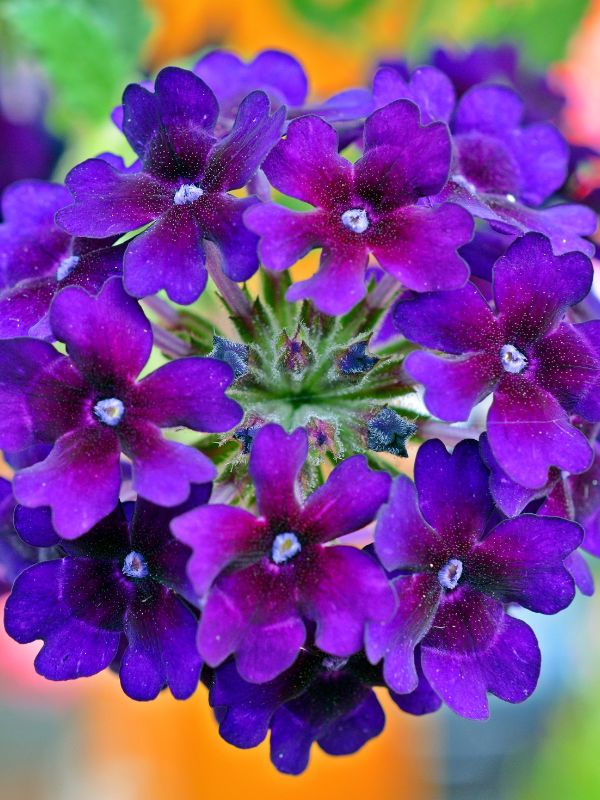
If you’re after non-stop blooms and vivid color, Verbena delivers. Its clusters of small purple flowers brighten up garden edges and hanging baskets all summer long.
Butterflies can’t resist it, and you’ll love how little care it needs. Give it a sunny spot and keep the soil lightly moist. Pinch back for bushier growth.
#2 Lavender
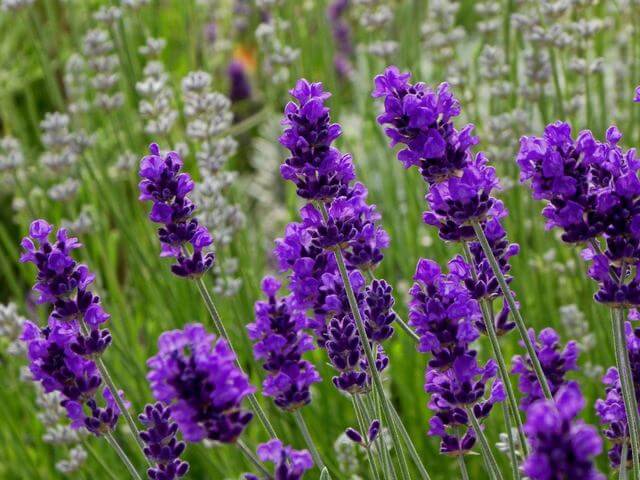 Image Credits: Redding
Image Credits: Redding
Purple Lavenders are easy to grow especially in sandy well-drained slightly alkaline soil. The soft purple flowers and silvery foliage make it ideal for sunny borders or rustic pots.
Bees will flock to it, and you’ll enjoy cutting some for homemade sachets or teas. They are well-known for their relaxing and healing capacities and are used in relieving migraines, insomnia, and headache.
#3 Clematis
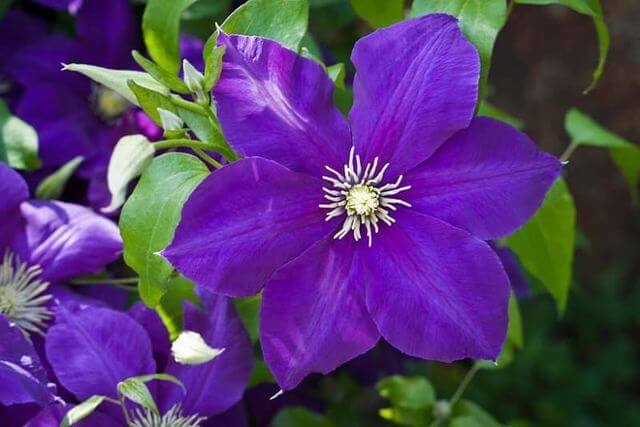 Image Credits: Novocom
Image Credits: Novocom
With dramatic purple blooms climbing upward, clematis makes plain fences and arches feel like fairytale entries. It loves to have cool roots and sun-kissed leaves.
You’ll get the best show by planting it near a trellis and feeding it each spring. Tie the vines loosely as they grow to support structures.
#4 Bellflowers
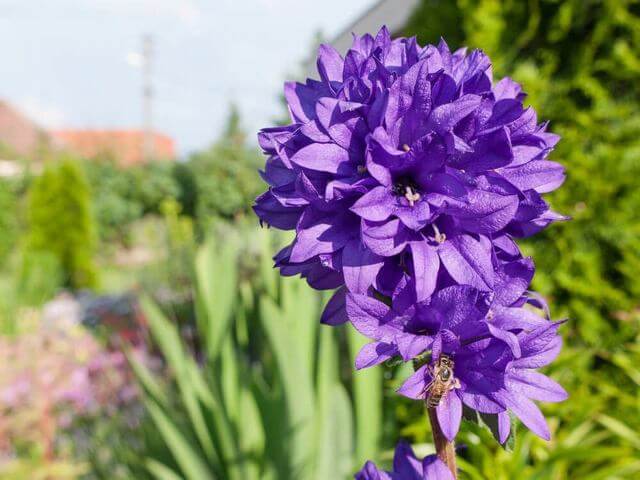 Image Credits: Homestratosphere
Image Credits: Homestratosphere
Charming and dainty, bellflowers bring a soft, cottage vibe wherever you plant them. Their bell-shaped blooms come back year after year with very little fuss.
These look lovely mixed into borders or tucked in between pavers. Keep them moist and snip off spent flowers to encourage more blooms.
#5 Dwarf Iris
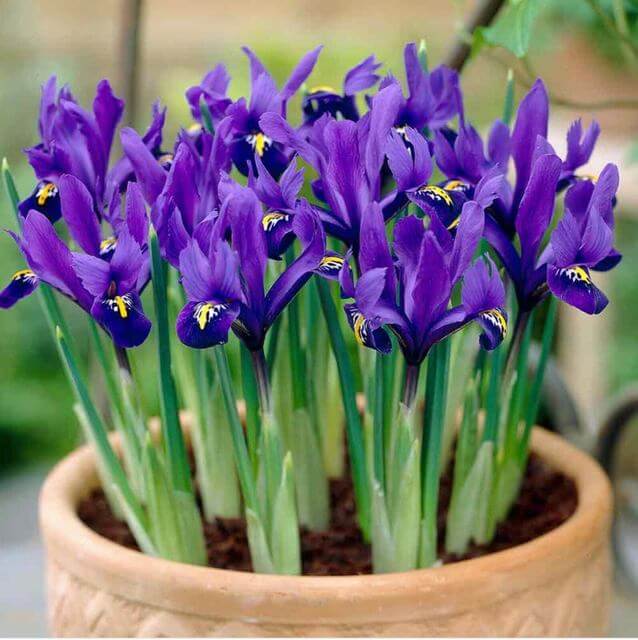 Image Credits: Firendsandfamily
Image Credits: Firendsandfamily
Dwarf iris might be small, but the color they pack is rich and bold. They bloom early in the season, perfect for waking up garden beds after winter.
Place them along walkways or inside rock gardens where they won’t get crowded. Choose well-draining soil and plant the bulbs in fall.
#6 Catmint
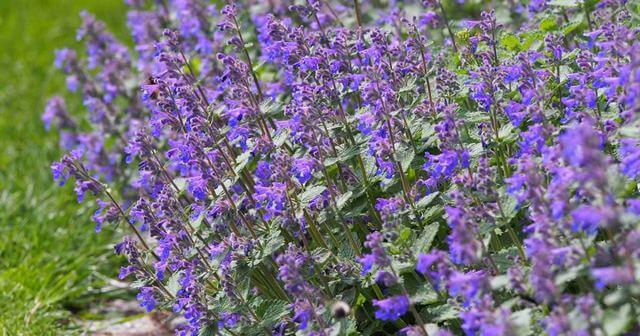 Image Credits: Gardenerspath
Image Credits: Gardenerspath
Catmint spills beautifully over edges, offering a cascade of purple-lavender blooms. It’s a magnet for bees and keeps blooming even in dry spells.
The fuzzy leaves release a gentle scent, adding a calming feel. Trim back halfway after flowering to keep it tidy and thriving.
#7 Salvia
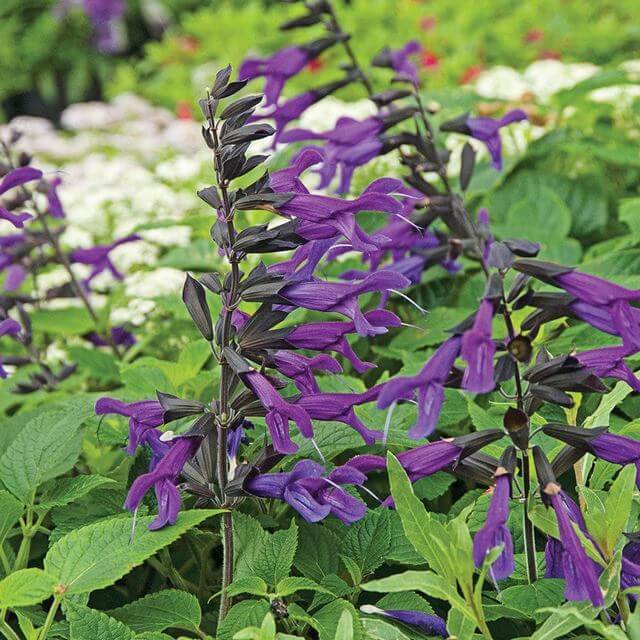 Image Credits: Whiteflowerfarm
Image Credits: Whiteflowerfarm
Salvia’s upright flower spikes bring texture and structure to your beds. Their deep purple hues look striking next to ornamental grasses or roses.
These tough plants thrive in hot, sunny spots and bounce back from drought. Deadhead often to keep blooms coming strong.
#8 Peonies
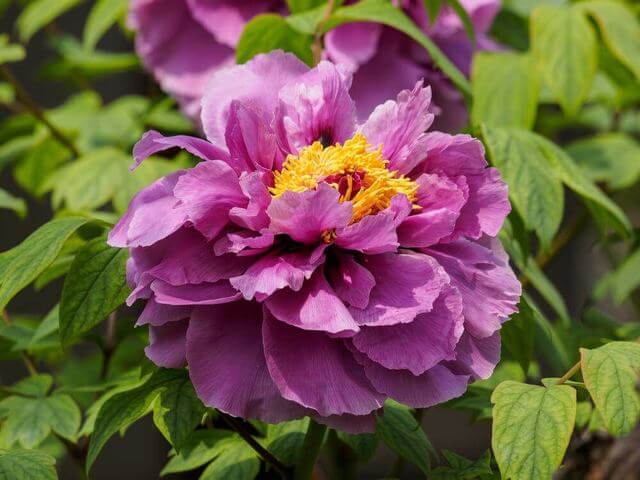 Image Credits: Homestratosphere
Image Credits: Homestratosphere
A peony in bloom feels like garden luxury. With layers of ruffled petals in lush plum shades, it’s impossible not to stop and admire them.
You’ll need some patience, but once established, peonies bloom year after year. Plant in rich soil and give them morning sun and room to breathe.
#9 Hydrangeas
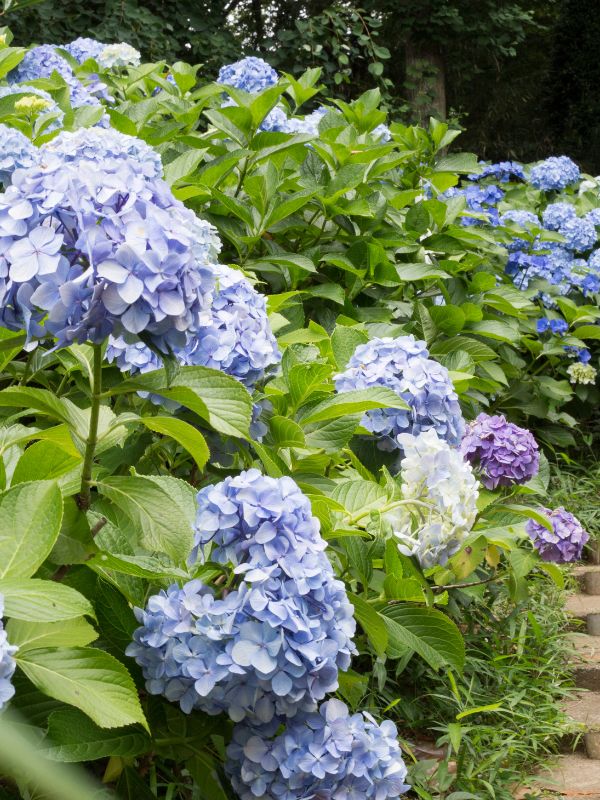
Hydrangeas can surprise you because their color shifts with soil pH, leaning toward lavender in the right mix. These bold bloomers love a bit of afternoon shade and thrive in roomy containers or garden beds.
You should water consistently and add compost to help those big heads stay healthy and hydrated.
#10 Daisies
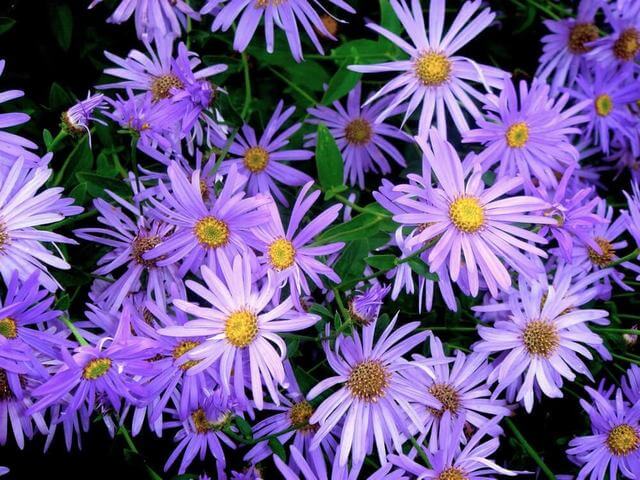 Image Credits: Homestratosphere
Image Credits: Homestratosphere
This cheerful daisy is a sunny-day superstar. Its purple petals glow against green foliage, creating a playful vibe for patios or paths. They bloom for months with minimal fuss.
Just pop them in a sunny pot, water when dry, and enjoy the color show.
#11 Beardtongue
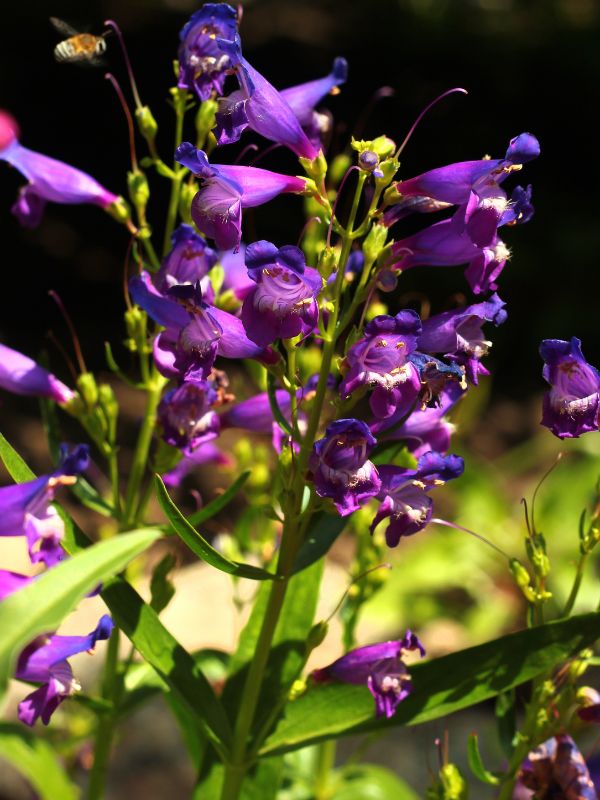
Penstemons add a touch of the wild with their slender stalks and trumpet-like flowers. Birds and bees adore them, and they handle heat like champs. The vertical shape gives height without bulk.
You should plant in full sun and don’t overwater because these like it a bit dry.
#12 Creeping Phlox
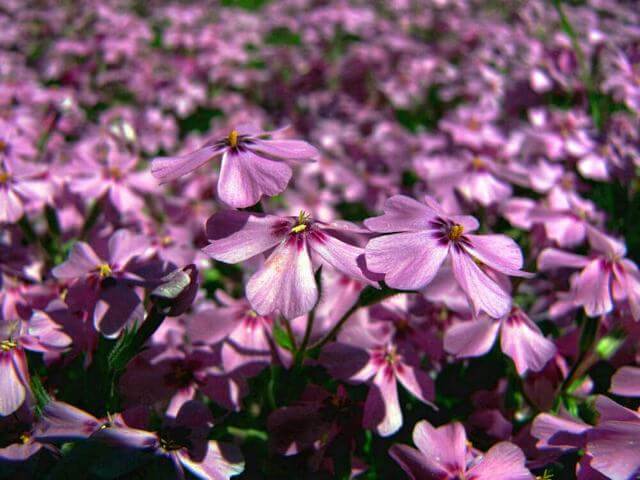 Image Credits: Wallpaper
Image Credits: Wallpaper
If you want a carpet of spring color, creeping phlox has you covered. Its low-growing habit makes it perfect for slopes, borders, or overhanging planters.
The tiny star-shaped flowers pack a big punch in purple tones. Plant in full sun and shear after blooming to keep it neat.
#13 Sage
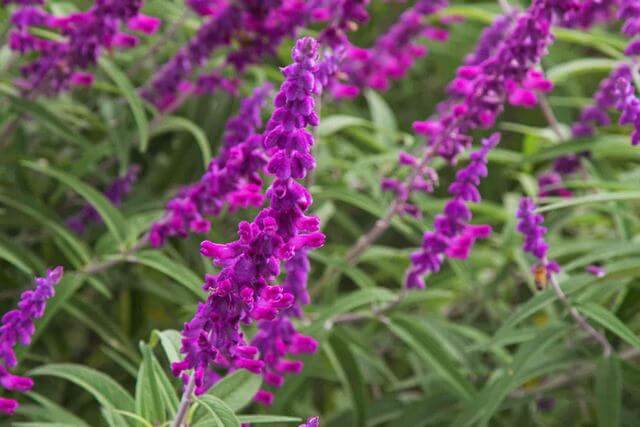 Image Credits: Gardenchronicle
Image Credits: Gardenchronicle
Tough, fragrant, and full of charm—purple sage is a winner for low-maintenance spots. It brings soft color and texture even in tough conditions.
Try it in gravel beds or beside pathways where it can show off. Prune after flowering to shape it and encourage new growth.
#14 Obedient
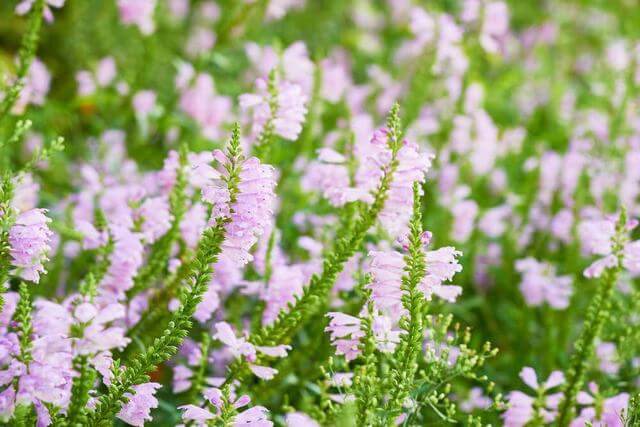 Image Credits: Gardenia
Image Credits: Gardenia
These quirky flowers stay in place when bent hence the name! Their purple spikes add vertical flair and color to damp beds or wildflower zones.
They spread fast, so give them space or grow in containers. Keep the soil moist and enjoy their late-summer show.
#15 Veronica
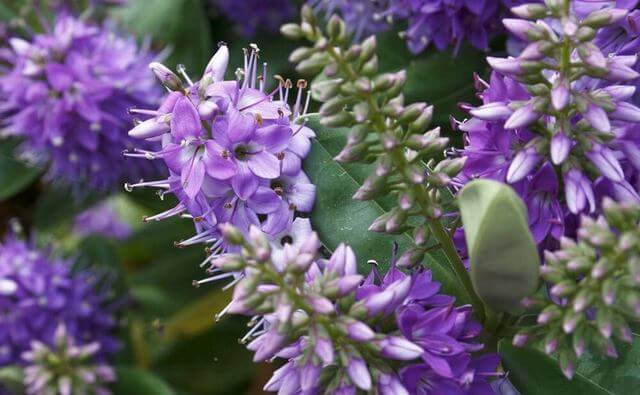 Image Credits: Homestratosphere
Image Credits: Homestratosphere
Purple Veronica flowers are carefree and easy to cultivate with long spikes of small petals. They grow in clusters from 1 to 3 feet tall and easily attract birds and butterflies.
The purple shades are bold yet refined, great for mixing with softer hues.
#16 Impatiens
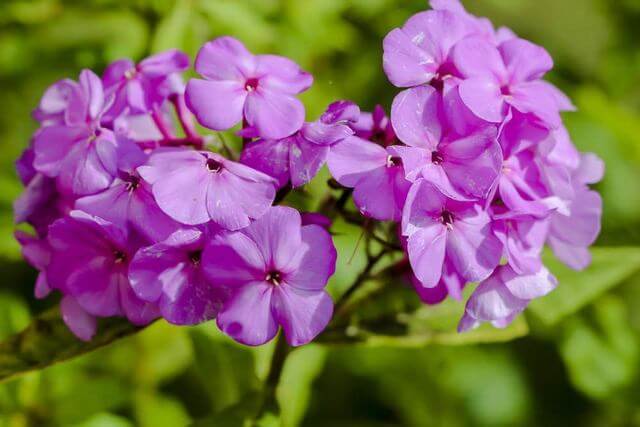 Image Credits: Deavita
Image Credits: Deavita
Shady corners don’t have to be dull because impatiens bring color where the sun doesn’t shine. Their purple varieties are bright and full, perfect for pots under trees or porches.
They love rich, moist soil and bloom all season long. Water often and pinch back for fuller plants.
#17 Cornflowers
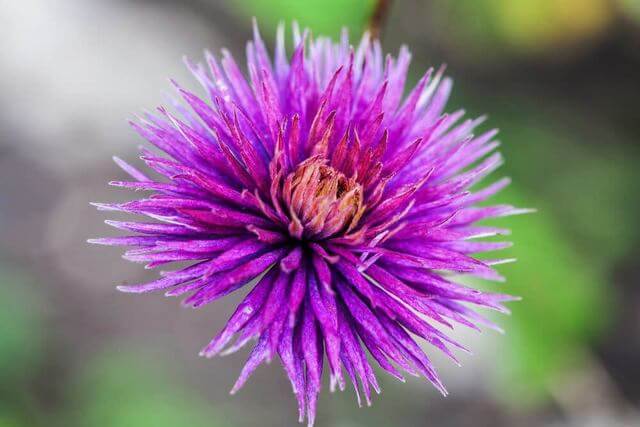 Image Credits: 123rf
Image Credits: 123rf
Purple Cornflowers resemble daisies with raised centers and also great for attracting pollinators. These playful purple flowers bring a little whimsy to any bed or border.
They can be used for herbal remedies. Grow from seed in sunny spots and enjoy their charm with little effort.
#18 Petunias
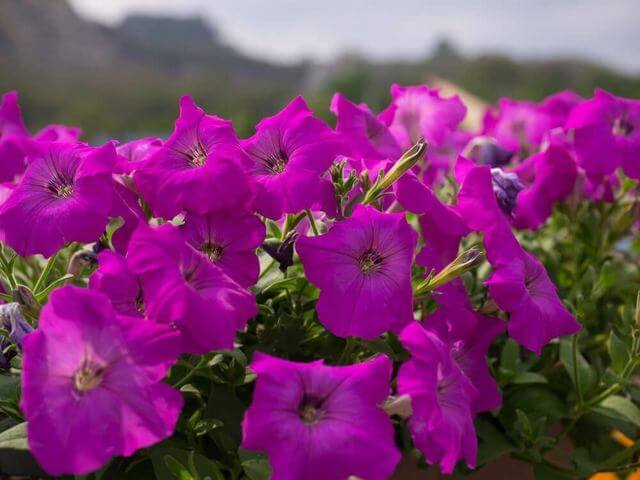 Image Credits: Wallpaper
Image Credits: Wallpaper
Petunias are classic for a reason, they just keep blooming. Whether cascading from hanging baskets or lining a window box, the purple varieties are bold and easy to love.
They need full sun and regular feeding for the best show. Deadhead often to keep the flowers coming.
#19 Geraniums
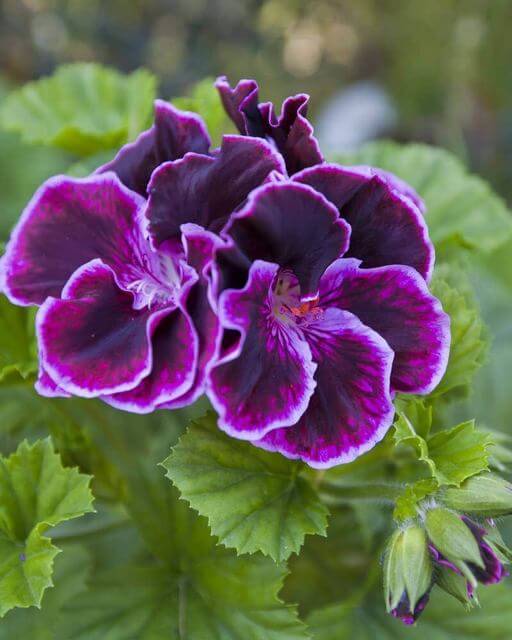 Image Credits: Ebay
Image Credits: Ebay
These no-fuss beauties bloom hard and long with very little upkeep. Purple geraniums fill gaps in borders and bring a soft scent along with color.
They grow well in containers too. Plant in well-drained soil and cut back after blooms fade to tidy them up.
#20 Morning Glory
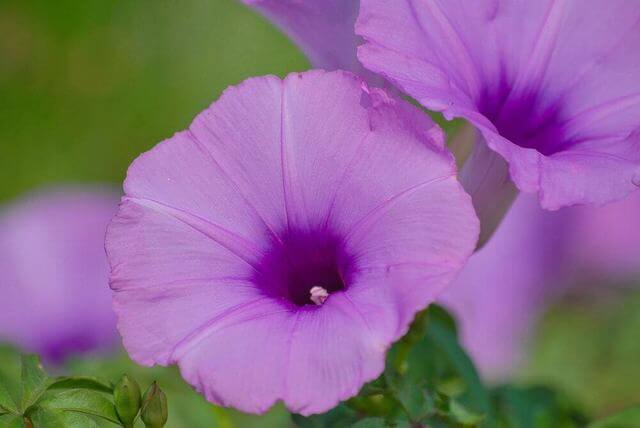 Image Credits: Unknow
Image Credits: Unknow
Morning glories open their petals with the sunrise and bring an old-fashioned charm to gardens. The purple ones twine beautifully up fences or arches.
They’re fast growers and love full sun. Soak seeds before planting to help them sprout, then give them something to climb.
#21 Zinnias
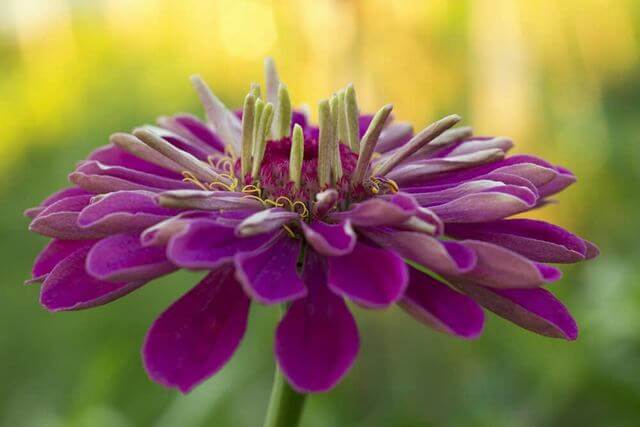 Image Credits: Homestratosphere
Image Credits: Homestratosphere
For bright, happy blooms that don’t quit, zinnias are unbeatable. They thrive in heat and give plenty of flowers for cutting or just enjoying outdoors.
Purple varieties add bold flair to flower beds or pots. Sow seeds in warm soil and water consistently for nonstop color.
#22 Pansies
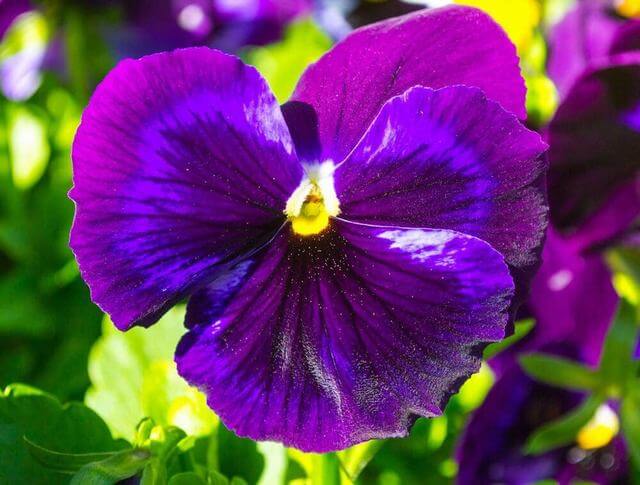 Image Credits: Wallpaper
Image Credits: Wallpaper
These cool-weather charmers bring velvety purple blooms when little else is flowering. Their expressive faces brighten up pots, pathways, and early-spring beds.
They’re easy to plant and love moist, rich soil. Add mulch to keep them cool and blooming longer.
#23 Dianthus
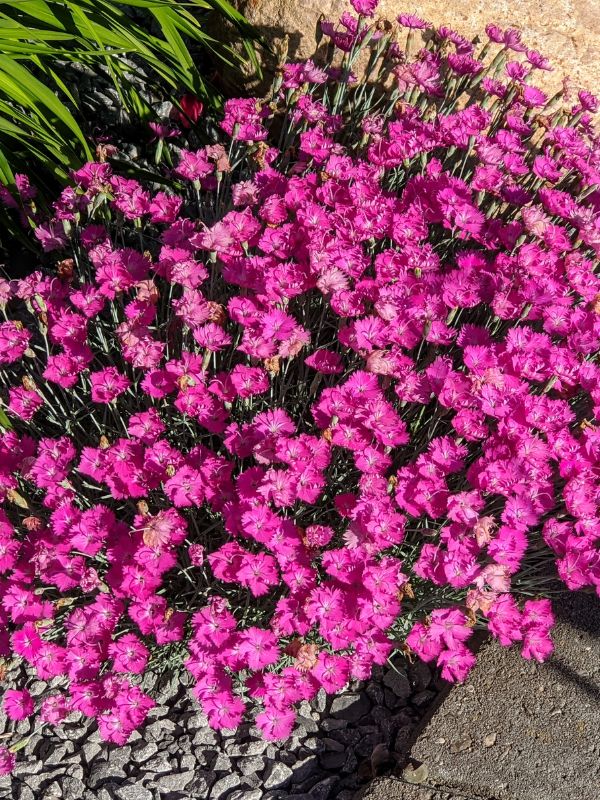
Spicy-scented and neatly fringed, dianthus adds vintage charm to any container or garden edge. The purple tones look especially rich next to silver or white foliage.
They prefer well-drained soil and lots of sun. Clip faded flowers to keep new ones coming.
#24 Sweet Pea
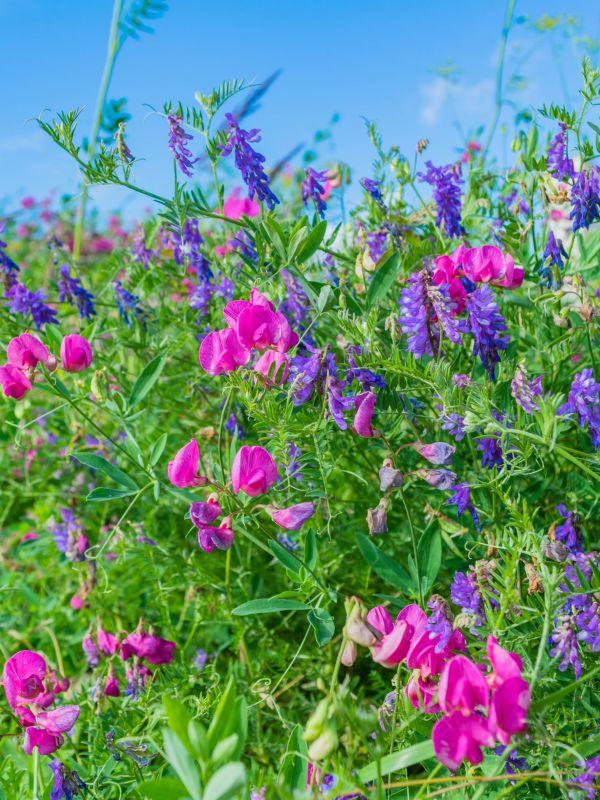
These delicate climbers give back in fragrance what they take in care. Sweet peas bloom in soft shades of purple and fill the air with perfume.
They are perfect for trellises or fences. You should soak seeds overnight and grow in cooler weather for best results.
#25 Dahlias
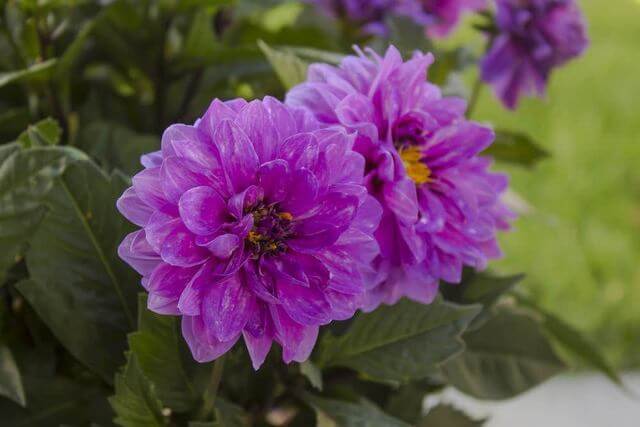 Image Credits: Wallpaper
Image Credits: Wallpaper
Bold, showy, and packed with personality, purple dahlias command attention. Whether you’re planting them in rows or mixing with others, they’ll steal the scene.
They do best in rich, well-fed soil with full sun. Stake taller varieties to support those heavy blooms.
